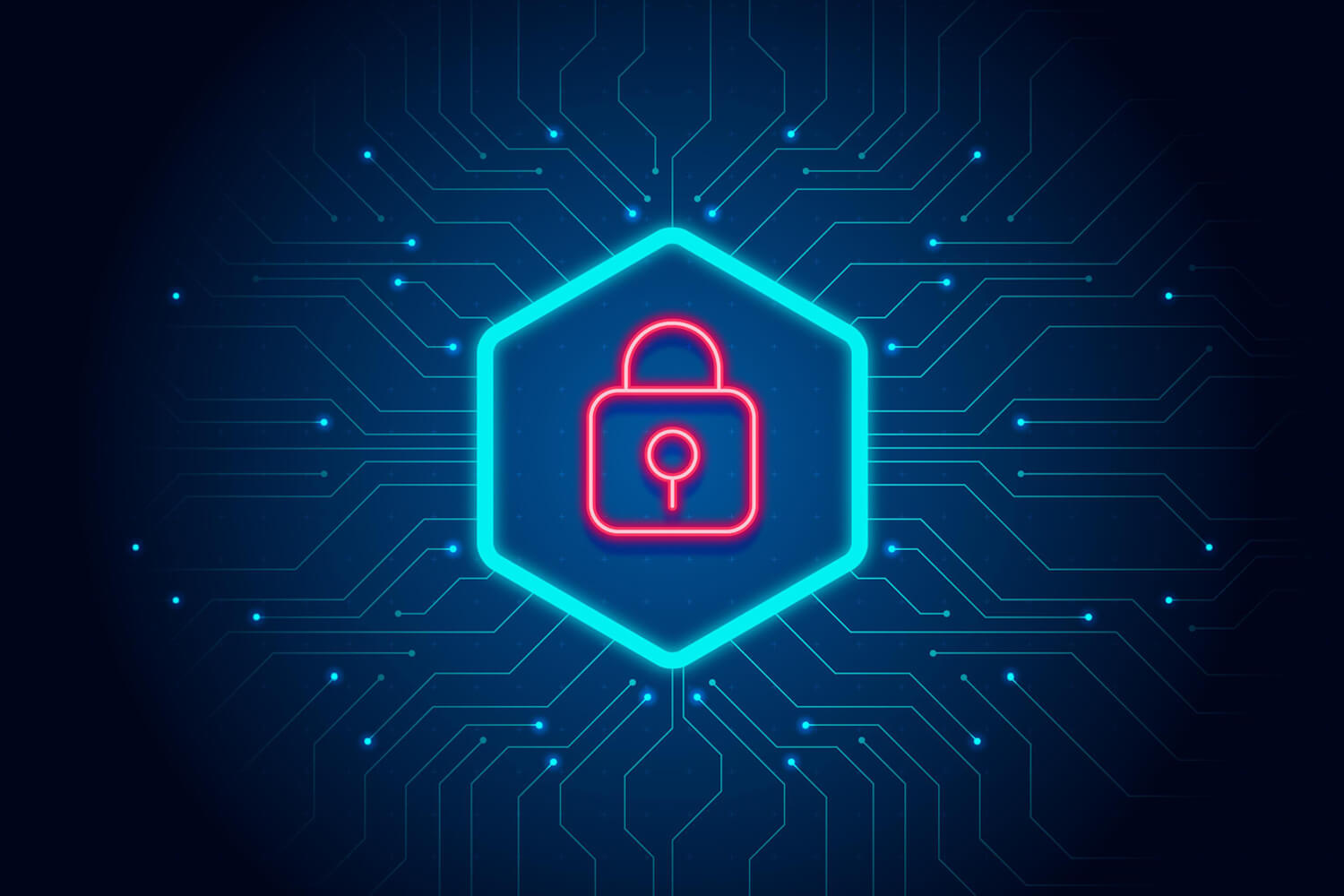YOUR PARTNER IN ADVANCED CYBER SECURITY SOLUTIONS
At InfoTras, our cybersecurity services include comprehensive cybersecurity design and assessment, tailored to identify and address vulnerabilities within your infrastructure. We offer security testing to evaluate the effectiveness of your defenses, ensuring they are robust against evolving threats. Our team ensures compliance and standards alignment with industry regulations, helping you meet necessary legal and operational requirements. Additionally, we focus on continuous improvement by regularly updating and refining security measures, providing you with ongoing protection and peace of mind in an ever-changing digital landscape.
OUR CORE EXPERTISE
End Point Security: Implementing EDR solutions with strict access controls, regular updates and patches for endpoint devices, and conducting security assessments are essential practices for enhancing cybersecurity and protecting sensitive data.
Network Security: Designing and implementing robust network security architectures involves deploying and managing firewalls and IDS/IPS systems, conducting network vulnerability assessments, and continuously monitoring network traffic to safeguard against threats and ensure data integrity.
Managed Cloud Security: Implementing and managing cloud security policies involves conducting regular security audits, monitoring cloud environments for potential threats, and integrating with existing SIEM and SOAR platforms to enhance overall security and incident response capabilities.
Design & Testing: Cybersecurity design and assessment encompass security testing, compliance and standards alignment, and a commitment to continuous improvement, ensuring robust protection against threats and adherence to industry regulations.
END POINT SECURITY
Deploy and Manage Endpoint Detection and Response (EDR) Solutions
- Implement advanced EDR tools to monitor and protect endpoint devices.
- Utilize behavioural analysis to detect and respond to threats in real-time.
- Centralize management for consistent security policies across all endpoints
Implement Strict Access Controls
- Enforce multi-factor authentication (MFA) for device and application access.
- Apply role-based access control (RBAC) to limit user permissions.
- Regularly review and update user access rights to reflect role changes.
Regularly Update and Patch Endpoint Devices
- Establish automated patch management processes for timely updates.
- Ensure all operating systems and applications are up to date.
- Promptly address zero-day vulnerabilities to prevent exploitation.
Conduct Security Assessments on Endpoints
- Perform regular vulnerability scans on all endpoint devices.
- Use compliance checks to ensure adherence to security policies.
- Remediate identified issues promptly to strengthen endpoint security.
NETWORK SECURITY
Design and Implement Network Security Architectures
- Develop a layered security approach (defence in depth).
- Segment networks to isolate sensitive data and systems.
- Incorporate secure design principles and best practices from the outset.
Deploy and Manage Firewalls and IDS/IPS
- Install next-generation firewalls to control and filter network traffic.
- Implement Intrusion Detection Systems and Intrusion Prevention Systems to monitor and block threats.
- Regularly update firewall and IDS/IPS rules and signatures for optimal protection.
Conduct Network Vulnerability Assessments
- Schedule periodic network scans to identify potential weaknesses. Monitor Network Traffic (IT/OT)
- Prioritize remediation efforts based on the severity of vulnerabilities.
- Document and track the resolution of identified issues for accountability.
Monitor Network Traffic (IT/OT)
- Implement continuous monitoring tools for real-time insights.
- Analyze traffic patterns to detect anomalies and suspicious activities.
- Monitor both Information Technology (IT) and Operational Technology (OT) environments for comprehensive security coverage.
MANAGED CLOUD SECURITY
Implement and Manage Cloud Security Policies
- Define clear security policies tailored for cloud environments.
- Utilize Identity and Access Management (IAM) to control user access.
- Ensure data encryption both at rest and in transit within the cloud.
MANAGED CLOUD SECURITY Conduct Regular Security Audits
- Perform compliance checks against industry standards (e.g., ISO 27017, CIS Benchmarks).
- Audit configurations to prevent common cloud misconfigurations. Monitor Cloud Environments for Threats
- Engage third-party auditors for objective and comprehensive assessments.
Monitor Cloud Environments for Threats
- Use cloud-native security tools for continuous monitoring.
- Set up alerts for unusual activities or unauthorized access attempts.
- Implement automated responses to promptly mitigate identified threats.
Integrate with Existing SIEM and SOAR Platforms
- Feed cloud security logs into Security Information and Event Management (SIEM) systems for centralized analysis.
- Use Security Orchestration, Automation, and Response (SOAR) tools to automate threat response workflows.
- Achieve a unified security posture across on-premises and cloud infrastructures.
DESIGN & TESTING
Cybersecurity Design and Assessment
- Integrate security considerations into the System Development Life Cycle (SDLC).
- Employ threat modelling to identify and mitigate potential risks early.
- Align system designs with industry best practices and regulatory requirements.
Security Testing
- Conduct regular penetration testing to uncover vulnerabilities.
- Utilize static and dynamic code analysis tools during development phases.
- Perform application security testing for web and mobile platforms to ensure robust protection.
Compliance and Standards Alignment
- Ensure adherence to relevant data protection laws and regulations (e.g., GDPR, HIPAA).
- Align security practices with frameworks like NIST, ISO 27001, or PCI DSS for standardized
- Maintain necessary documentation for audits and certifications to demonstrate compliance.
Continuous Improvement
- Incorporate findings from assessments into ongoing development processes.
- Stay updated with emerging threats and adapt security strategies accordingly.
- Invest in training and development to enhance the security team's capabilities and awareness
